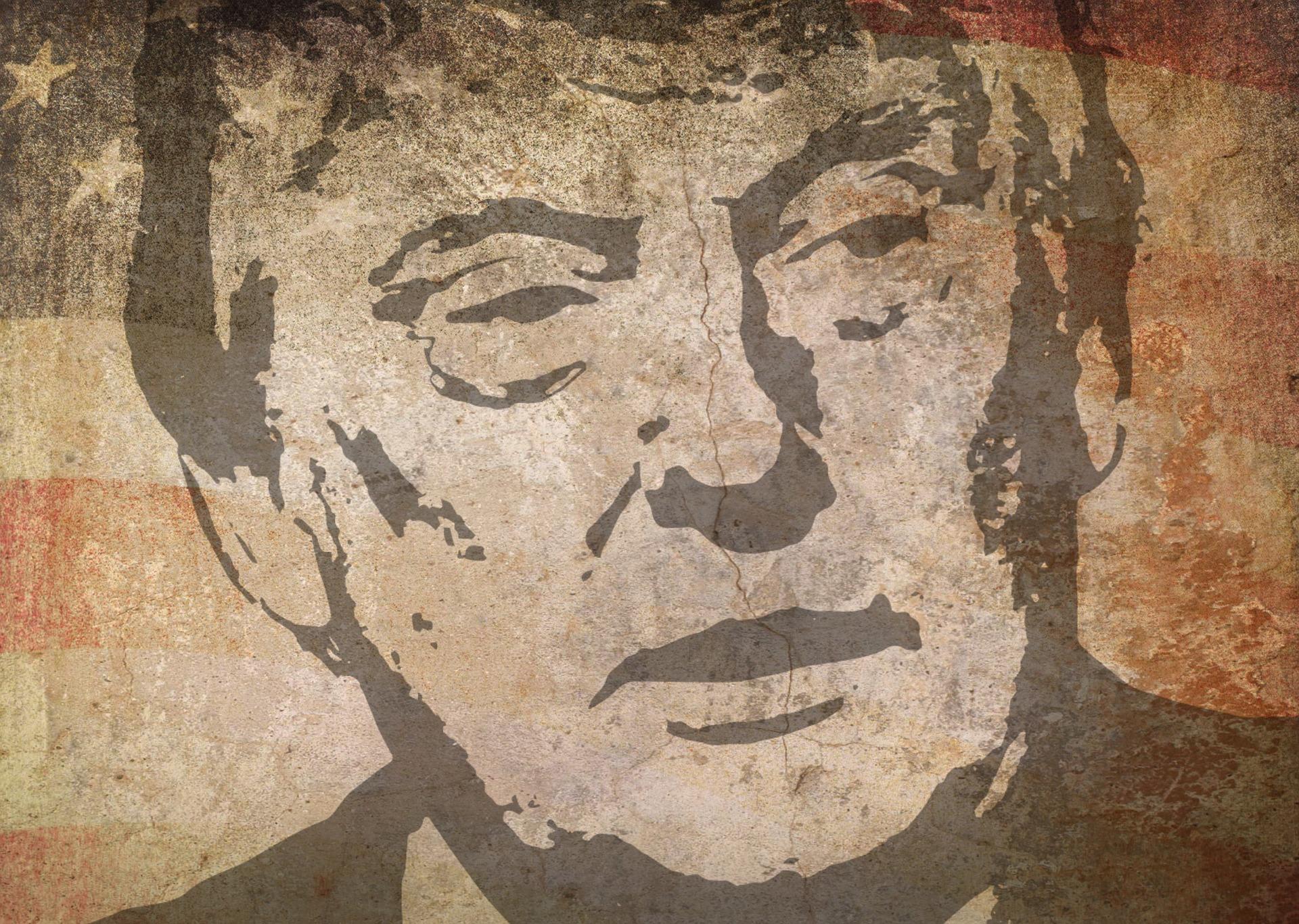
After a temporary pause, the trade war is heating up again. President Trump has reignited tensions by threatening a 50% tariff on the European Union beginning June 1st and a 25% tariff on Apple. These announcements have rattled markets, with the S&P 500 erasing $1.5 trillion in market cap in just five days.
At 7:19 AM ET, Trump criticized Apple for moving iPhone production to India and declared that unless iPhones are made in the USA, they will face a 25% tariff. The S&P 500 briefly surged to 5820 following this news. Just 24 minutes later, Trump announced a proposed 50% tariff on the EU, sending S&P 500 futures down to 5750. This marks the first significant escalation since the 90-day tariff pause began on April 9th.
But why is this happening now?
While stock markets have shown strength, the bond market is signaling trouble. On May 21st, the 10-Year Treasury Note Yield rose above 4.60%, exceeding the level observed when Trump first paused tariffs in April. Rising yields suggest that markets expect higher inflation and lower chances of a recession, both of which counter Trump’s economic goals.
Trump’s policy aims are clear: reduce energy prices, shrink the trade deficit, lower U.S. debt, and bring down interest rates. Recent actions have targeted these objectives, but rising yields indicate that these measures are not yet effective. Trump had hoped the Federal Reserve would cut rates to ease pressure on the bond market while he escalated tariffs, but the Fed remains reluctant.
As yields climb, Trump appears forced to act. The original tariff pause in April came as yields spiked and the basis trade began to unwind. That move was likely aimed at easing rate pressures. However, in recent weeks, headlines suggesting progress on trade have lost their effect. Yields continue to rise as recession fears subside and inflation expectations increase.
The re-escalation of tariffs signals a shift in strategy. It also reflects a growing belief that a mild recession could actually support Trump's broader economic agenda by pushing interest rates and inflation lower, reducing the trade deficit, and decreasing the cost of servicing U.S. debt.
The takeaway is clear: when the 10-Year Yield nears 4.60%, the likelihood of government intervention increases. Trump appears aware that both the market and the broader economy cannot sustain a 5% 10-Year Note. The bond market has become the key signal for future policy actions.
Too much tariff pressure unwinds the basis trade. Too little, and inflation expectations rise. Trump must now strike a balance—maintaining enough tariff pressure to control trade dynamics and inflation, while also keeping Treasury yields in check, all without the support of Fed rate cuts.
Keep your eyes on the bond market. It’s the clearest indicator of what comes next.
Disclaimer:
This article is for informational purposes only and does not constitute financial, investment, or legal advice. The views expressed are based on publicly available information and market data at the time of writing. Always conduct your own research or consult a financial advisor before making investment decisions.




